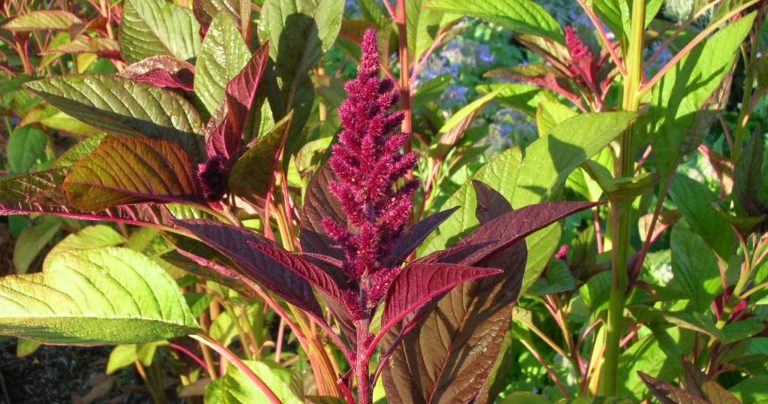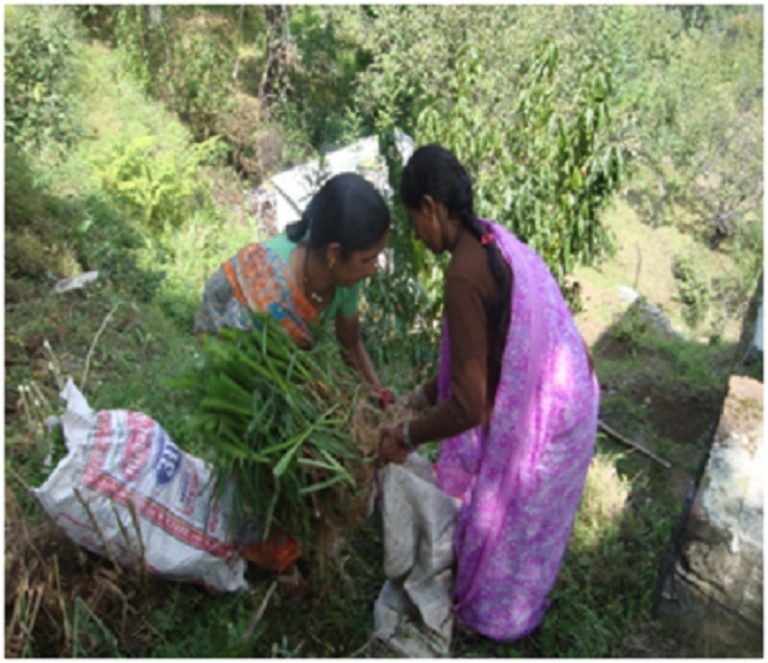Agriculture in India engages about 52 per cent of the work force and contributes 17.6 percent of the GDP. Majority of farmers in India belongs to a category of marginal land holders. In India average size of land holdings was 2.30 hectares in 1950-51 which reduced to 1.52 hectares in 2008-09. Small farms produce 41 percent of India’s total grain (49 percent of rice, 40 percent of wheat, 29 percent of coarse cereals and 27 per cent of pulses), and despites constrained resources, about half of total fruits and vegetables.
Uttarakhand or Devbhumi as the locals call it, which literally means Land of the Gods, is known for its beautiful, scenic environment. Being surrounded by the Himalayas, Uttarakhand is blessed with fertile land. Uttarakhand being endowed with diverse agro-climatic regions, practices agriculture depending on the area. While the hill farmers prefers subsistence farming, those in the plain regions opt for commercial farming.
Availability of irrigated land in the plain regions make it favorable to cultivate more than just the staples. Another drawback of hill farming, other than the availability of ample amount of water, is the small and scattered land holding. As the cultivated land in the hills can range anywhere from 4 hectares to less than 1 hectare, thus lowering the productivity of the crops.
Land reforms and Land management in Uttarakhand
As land is the most essential productive asset owned by people in rural area, land reform is necessary.
Land reforms are needed because:
- It raises productivity and exploitation of the underprivileged.
- It helps settle the existing institutional factors such as insecurity of tenure, high rents, feudal relations, sub-division of land, thus assisting the cultivator to raise their production.
- It reduces the capacity of the farmers to invest and save in agriculture.
- The measures of land reforms such as land ceiling helps in making the best use of small land and generate gains.
Abolition of intermediaries:
- Before independence, there were three major types of land tenure systems in India: Zamindar, Mahalwari and Ryotwari.
- The state abolished intermediaries after the legislations were passed, first one being in Madras in 1948.
- About 30 lakh tenants acquired the land rights over the cultivated area.
- There were several challenges made to the land reform legislations in courts.
- Legislations recognized Zamindars as intermediaries, therefore leaving the other two out.
- Thus, compensation were provided only to the Zamindars.
Tenancy reforms and security:
- Three type of tenants: Occupancy or permanent, tenants at will and sub-tenants.
- The higher degree of exploitations were faced by tenants at will and sub-tenants.
- NSS in 1953-1954 estimated that about one-fifth of the area under cultivation was held under tenancy.
- Measures for the reforms included the conferment of the ownership rights, security if tenure and regulating rents.
- Recommendation that rents should not exceed one-fourth of the gross produce. Several states enacted to the legislations.
- Law observed more breach in owing to the weak position of the tenants.
- Three types of legislation were framed by the states due to the insecurity of tenure.
- The tenants were given full security in the first, the second type stated that the owners had the right to resume a limited area for own condition but tenants should have minimum area and the third, where the tenants aren’t entitled to minimum are for cultivation.
Kumaun Uttarakhand zamidari Abolition and land reforms act in hilly area of Uttar Pradesh had been passed in 1960. The agriculture farmers’ class was directly connected to government and he got permanent right related to land. The land tenure of hill area had been cleared as per.
- Before Zamidari Abolition, who had his on land, they had the right of owner or zamidari right and whatever land he had, he became a landlord.
- Before this act, a man who captured on this zamidari land, and printed in the records, declared that man as Seerdar.
- Before this act, a man who captured on this zamidari land and not printed in the records, declared that man as Aasami.
- The state government had taken of barren land and this land was transferred to “Gaon Sabha” and having formatted of land management committee, land transferred to that committee but this tenure was not applicable in hill area and barren land was put under state government.
Types of farming in the state:
- Contour farming- The practice of tilling sloped land, this is done so to conserve rainwater and reduce soil erosion. This can be achieved by the means of furrows, crop rows, and wheel tracks across slopes, acting as reservoirs to catch and retain the rainwater. This practice helps in reducing time consummation and can help lower the fertilizer loss. Contour farming is most effective when practiced along with strip cropping, terracing and water diversion.
- Terrace farming- A type of farming that consists of different steps or terrace. This method is popular in the mountain regions. Though terrace farming is labor-intensive, this method helps in maximizing land area in variable terrains. Mostly, terrace is a low, flat ridge that is built across the slope, with a channel for water just above the ridge. Terrace are usually built on a slight grade to slower the water caught in the channel so that the soil can take in the water readily.
- Jhumming farming- Usually done by the tribes of the region, it’s just a local term for shifting cultivation. In this, the plot of land are cultivated temporarily, and abandoned to allow it to revert to its natural vegetation.
Crops cultivated in the region:
Government of Uttarakhand, due to low productivity of various crops, is promoting cultivation of more resourceful crops such as Basmati rice, medicinal plants, vegetable and flower cultivation. Major crops grown in Uttarakhand are rice, wheat, sugarcane, maize, soybean, pulses and oilseeds. Many medicinal plants like belladonna and germanium were first introduced in this region by Kumaun. Major fruits grown in Uttarakhand are Mango, litchi, guava, apricot etc. while major vegetables grown in Uttarakhand are Potato, tomato, green pea, cauliflower and capsicum etc. Farmers or primary producers face many challenges, of both technical and economic nature.




